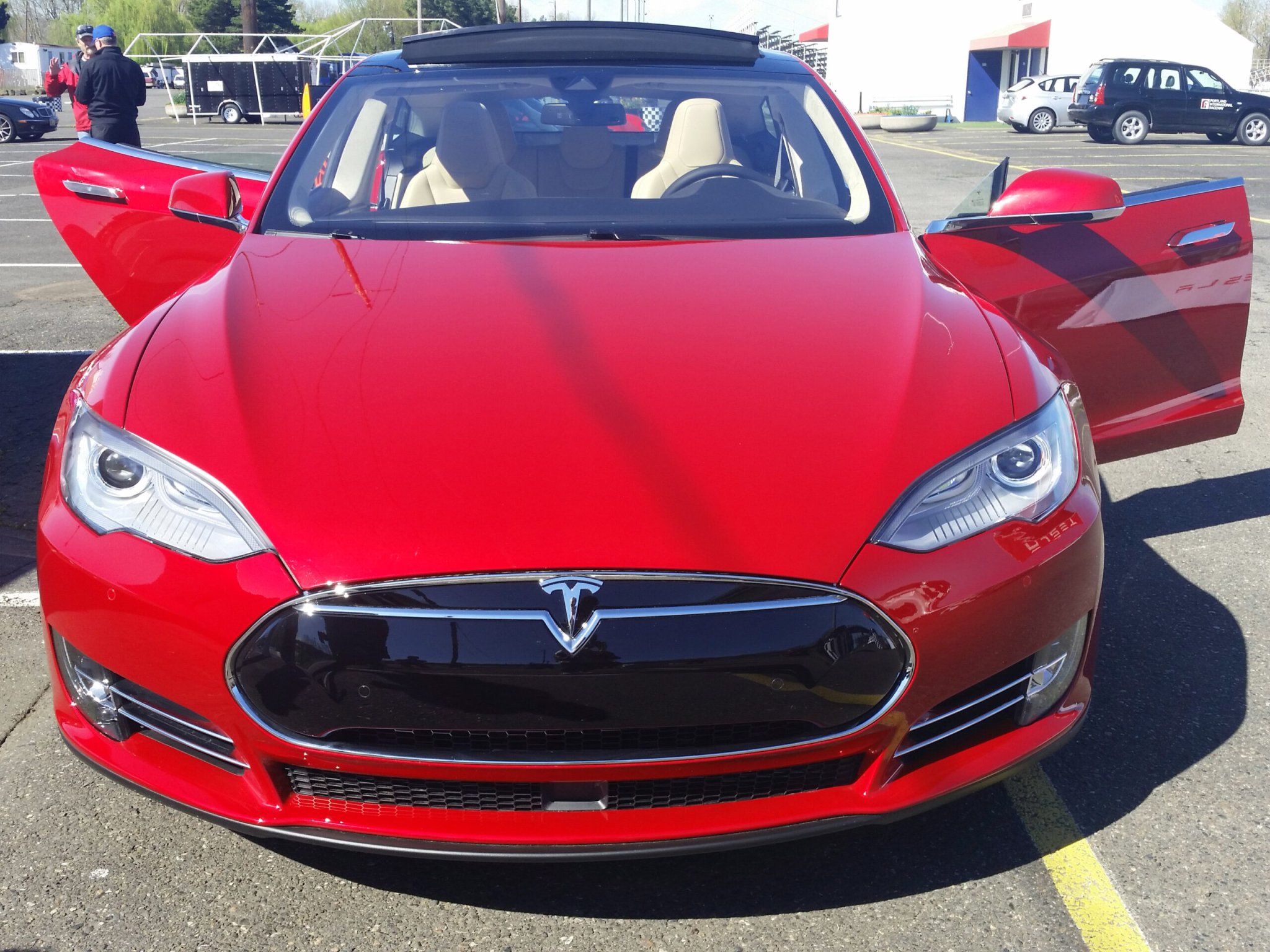

A decade ago, Elon Musk wrote a master plan for Tesla. Musk wrote in a recent blog post that the company has checked everything off that ten-year to-do list:
- Create a low volume car, which would necessarily be expensive
- Use that money to develop a medium volume car at a lower price
- Use that money to create an affordable, high volume car And…
- Provide solar power.
So Tesla needed a new to-do list to take it into the future. Again, it boils down to four concepts, which seems easy enough, but these are some complicated goals Musk is aiming for:
Bring together solar energy generation and storage. Tesla and SolarCity will combine to create a seamless personal utility company for customers. Create energy with solar panels and use it immediately to charge your Tesla vehicle or store it in your PowerWall for later household use.
Quickly scale up production on more kinds of vehicles. Tesla already has sedans and an SUV; it plans on adding a compact SUV and a pickup truck. The company is also developing a heavy-duty truck known as the Tesla Semi as well as urban transport that can move more people, both expected to debut in 2017. Tesla also predicts that autonomy in public transport will reduce the size of buses and relieve traffic congestion.
Speaking of which: Teslas will become fully self-driving and fail-operational. That translates to SAE level 5 autonomy, where the vehicle requires zero driver input, even if something goes wrong. Musk points out in the post that this will require more than just installing sensors and upgrading cameras and refining software, and there will be even more lag time based on the fact that regulators are not likely to jump on the autonomous bandwagon very quickly. He also notes that Tesla’s current level of autonomy with Autopilot (SAE level 3) is still safer than no autonomy. Musk says the “beta” label will be removed when Autopilot is 10 times safer than US vehicle average.
Autonomy will dovetail with shared fleets of personal vehicles. Owners will be able to add their Tesla to a shared fleet when they’re not using it, whether that’s during the workday or while on vacation. Those cars could earn income for their owners when they would otherwise be parked, which is often 90-95% of the day.
Just as with the first master plan, some of these steps are easier than others. Tesla is well on its way to achieving the integration of energy generation and storage. It’s also made strides toward autonomy, but that’s not a hurdle the company can clear on its own. It will require regulations being put in place, and probably some V2X or IoT communications technology with other vehicles as well as cities’ infrastructure, to be as robust as we’d all like to see autonomous cars be.
